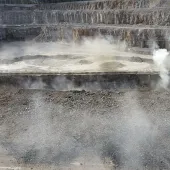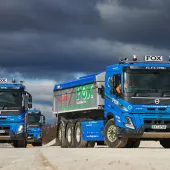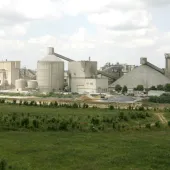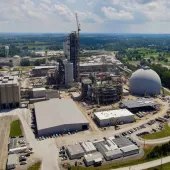LafargeHolcim investing in carbon efficiency

Company allocates CHF160 million to step up efforts to reduce carbon footprint in Europe
LafargeHolcim are increasing efforts to further improve the carbon efficiency of their products and solutions, with the objective of reducing annual CO2 emissions in Europe by a further 15% (representing 3 million tonnes) by 2022.
This will be achieved with an investment of CHF160 million into advanced equipment as well as technologies to increase the use of low-carbon fuels and recycled materials in the company’s processes and products.
Further funds are earmarked for the introduction of new carbon-efficient materials and services. Over the next three years the company will work on more than 80 projects across 19 European countries.
Marcel Cobuz (pictured), region head Europe, said: ‘We are cognizant of our impact on the environment and will remain at the forefront of efforts to mitigate climate change. With this investment in Europe, we are taking a further step to become more carbon efficient.
‘We are not only investing to reduce CO2 in our own operations, but are also seeking collaboration with our customers across the value chain to improve the carbon efficiency of buildings and infrastructure throughout their lifecycle.’
One of the key levers to improve carbon-efficiency is to integrate the principle of the circular economy into the cement production process by using waste materials instead of fossil fuels and primary raw materials.
In 2018, LafargeHolcim repurposed 11 million tonnes of waste materials in this way, including 2 million tonnes of non-recyclable plastics that would otherwise have ended up in landfills, creating further CO2 emissions.
By stepping up their efforts in Europe, the company is aiming to repurpose an additional 1.5 million tonnes of waste, which will reduce CO2 emission by a further 1 million tonnes per year.
As part of the roadmap, LafargeHolcim will also increase the use of mineral alternatives and waste materials. On average, the company already uses 4.5 million tonnes to replace clinker with by-products from other industries.
Additional efforts to replace clinker will allow LafargeHolcim to increase the CO2 efficiency of their cements produced in Europe by a further 1 million tonnes.







